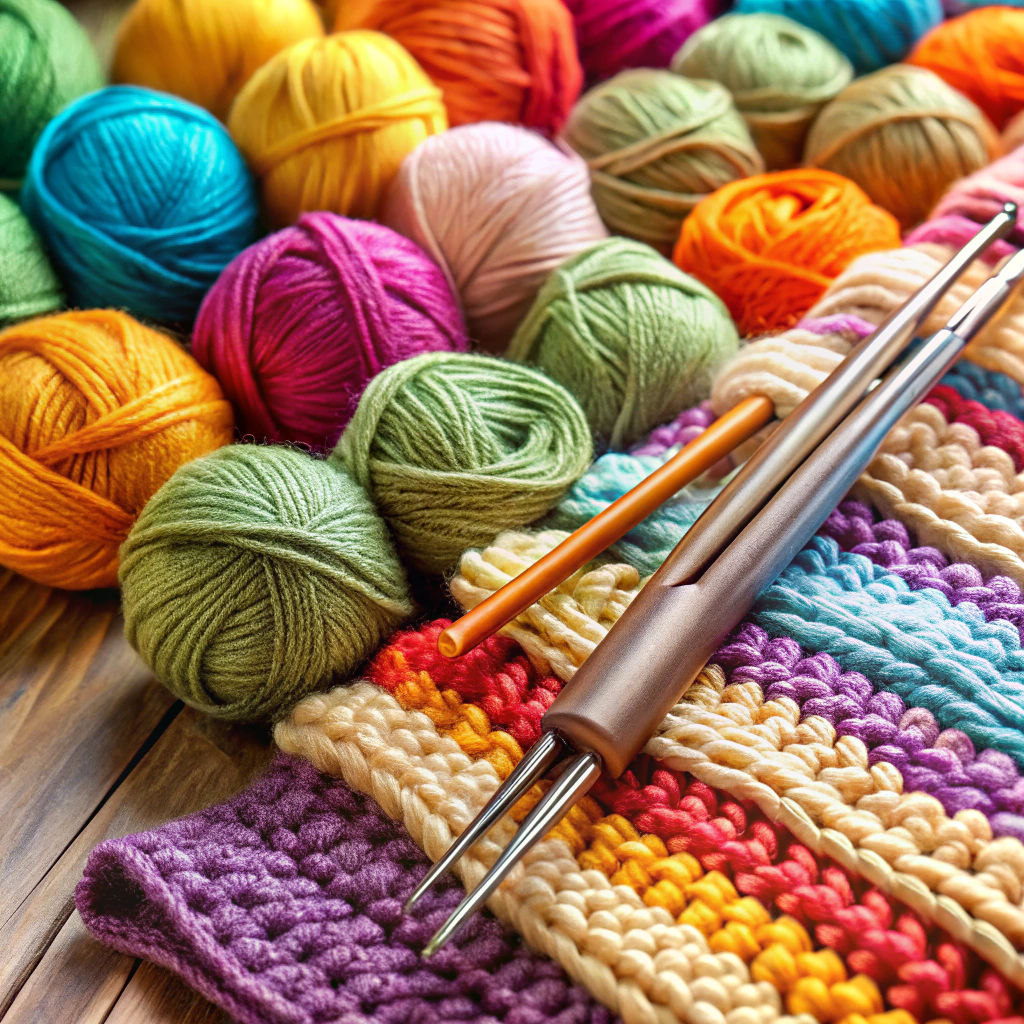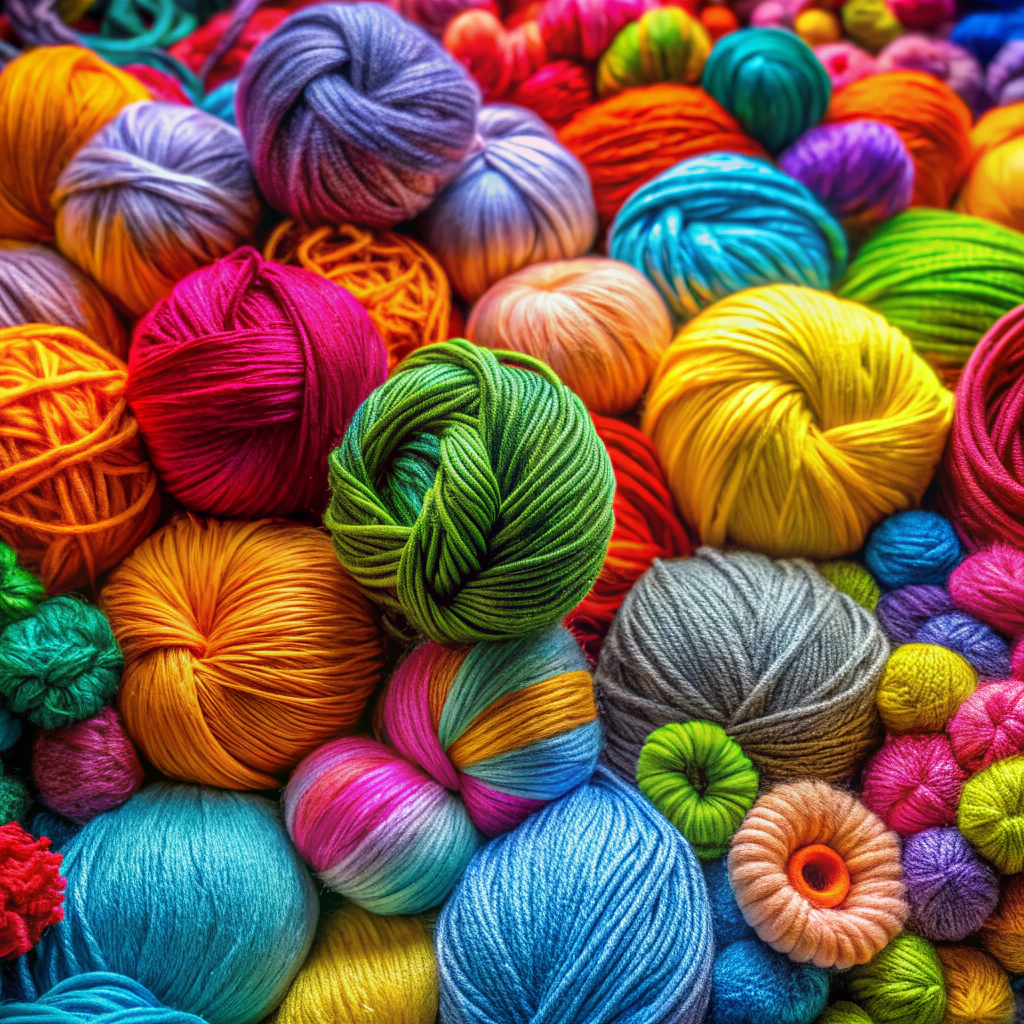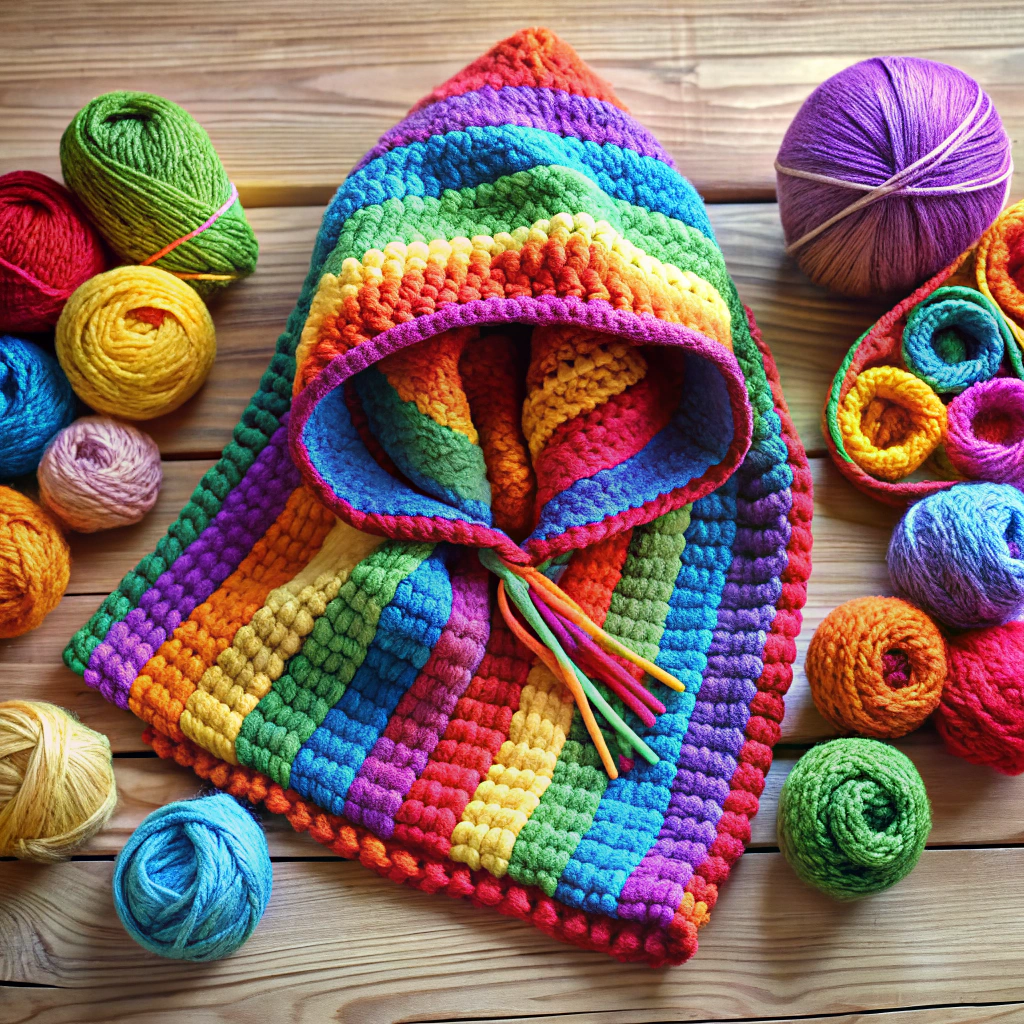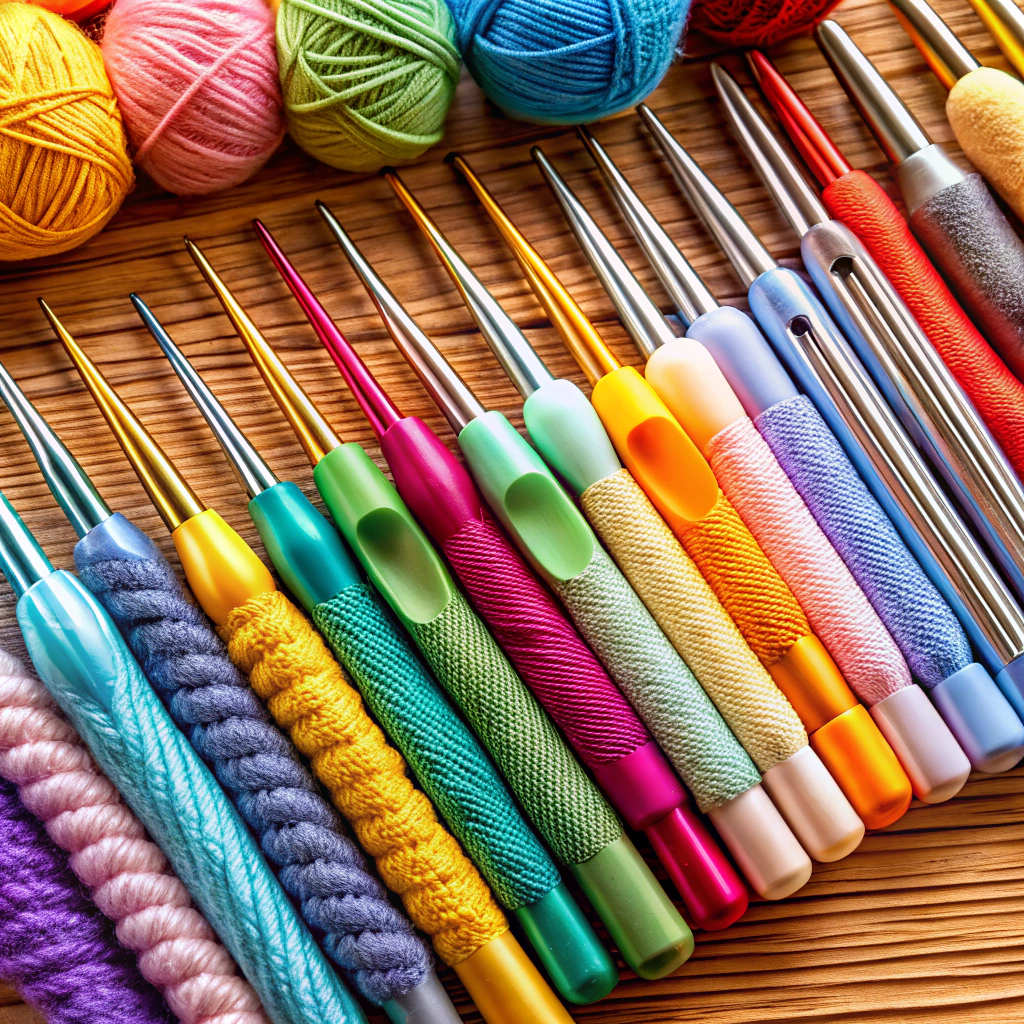Find out how to figure out the perfect number of crochet stitches needed for a baby blanket.
Puzzled by how many stitches you need to crochet the perfect baby blanket? Look no further, yarn enthusiast! Whether you’re going for the classic Red Heart Super Saver or the cozy Bernat Blanket yarn, we’ve got you covered. From figuring out the right hook size to mastering gauge swatches and sizing, we’ll unravel all the details you need to make sure your blanket isn’t too small, too big, but just right. Ready to stitch up some adorable coziness? Keep reading!
Key takeaways:
- Use 100-120 stitches for 5 mm yarn baby blankets.
- Make gauge swatches to ensure perfect sizing.
- Adjust stitch count based on yarn and tension.
- Simple stitches work best for baby blankets.
- Typical blanket sizes include 30×36 inches.
5 Mm / H/8 Regular Yarn Like Red Heart Super Saver
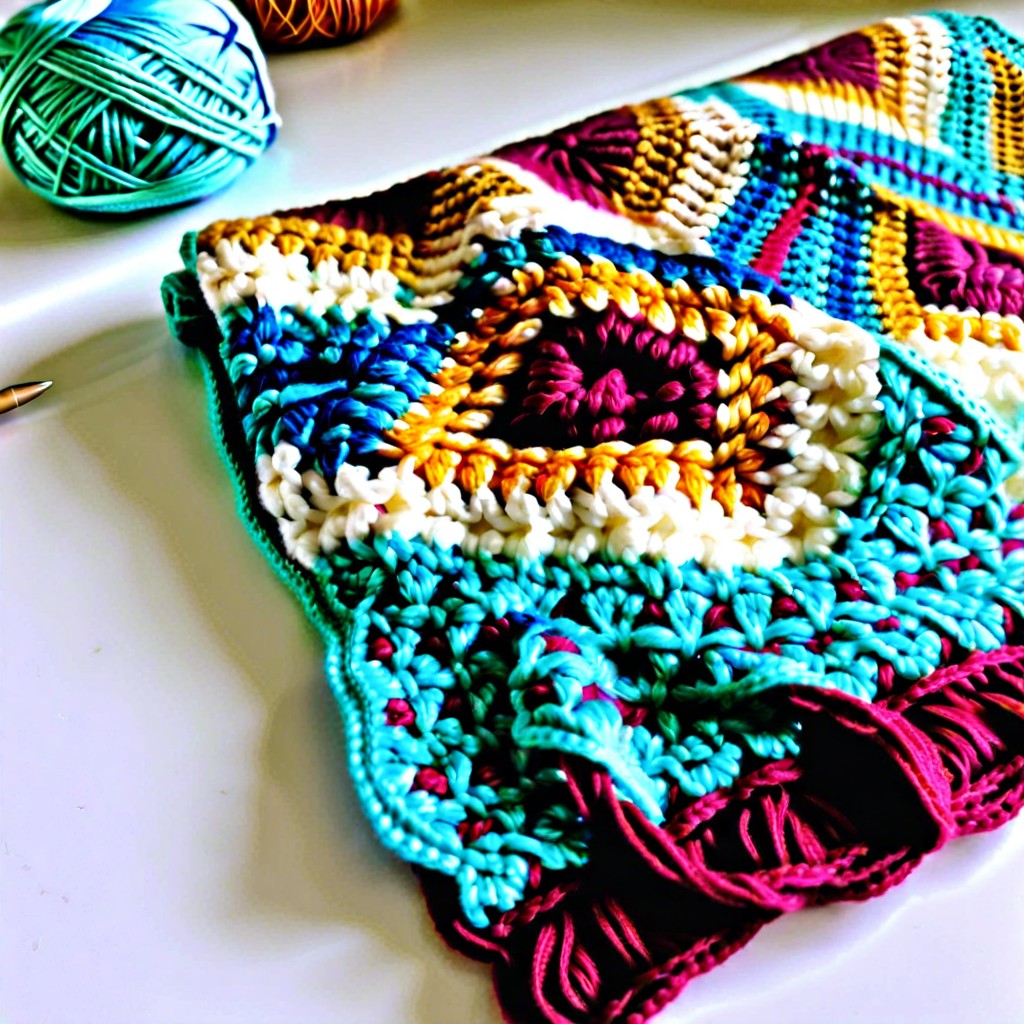
For a baby blanket with 5 mm / H/8 yarn like Red Heart Super Saver, your stitch count will rest around 100-120 stitches wide. This is assuming you want a snugly size, typically about 30 by 36 inches.
- Check your yarn label for recommended hook size. Spoiler: it’s usually pretty spot on.
- Remember to account for your chosen stitch pattern. Some stitches eat yarn like hungry caterpillars.
- Always make that pesky gauge swatch. Yes, it’s a mini blanket, but it’s worth it.
Consider your tension. Tight crocheters could wind up with a doily, while the looser ones might create a full-on adult quilt. Adjust accordingly!
5.5 Mm / I/9 Regular Yarn Like Red Heart Super Saver
Using a 5.5 mm hook with regular yarn like Red Heart Super Saver is like finding a middle ground—Goldilocks would approve; it’s “just right.”
- Gauge Importance: Ah, gauge swatches—everyone’s favorite pastime! But seriously, making a small sample can save you from ending up with a blanket fit for a giant or a doll. Aim for about 12-14 stitches and 16-18 rows to make a 4-inch square.
- Stitch Count: For a baby blanket, a common size is around 30 x 35 inches. To figure out your starting chain, multiply the number of stitches per inch by the width you want. So, if your gauge is 3 stitches per inch, you’d chain around 90 to 100 stitches.
- Consistency: Keep your tension as uniform as your Netflix binge-watching habits. Uneven tension can throw off both your gauge and your mood.
- Pattern Planning: Simple stitches like single crochet or double crochet work well. They’re less fussy and more forgiving than intricate lace patterns—because who needs that kind of stress when making a gift for a baby?
Having some fun with the process can make it even more enjoyable. So grab that 5.5 mm hook and your favorite color of Red Heart Super Saver, and let’s get stitching!
6 Mm / J/10 Regular Yarn Like Red Heart Super Saver
Here’s where things get interesting. Using a 6 mm or J/10 hook with Regular Yarn, like Red Heart Super Saver, strikes a great balance for baby blankets. It’s not too thin, not too bulky—just right, Goldilocks would approve.
- Flexibility: The 6 mm hook size offers flexibility in stitch definition without over-complicating things.
- Speed: It allows for a quicker crochet time compared to smaller hooks. Trust me, you’ll thank yourself later.
- Cozy Factor: This combination produces a dense yet soft fabric, perfect for cuddles and drool—lots and lots of drool.
- Durability: Blankets made with this hook and yarn combo can withstand the washing machine, which is a lifesaver for any parent.
Thinking about stitch count? For a 30” x 35” baby blanket, you’d commonly start with 90 to 120 stitches, depending on your pattern and gauge. A little trial and error go a long way, but once you’ve got it, you’re golden.
6.5 Mm / K/10.5 Regular Yarn Like Red Heart Super Saver
With a 6.5 mm (K/10.5) hook and regular yarn like Red Heart Super Saver, you’d want to aim for a balanced and cozy fabric. This size hook helps create slightly larger stitches, giving your blanket a delightful, squishy texture.
When working with this combination, consider the following points:
- Gauge Swatch: Yup, it’s time to get cozy with those trial squares. Aim for around 14-16 stitches per 4 inches. This saves you from crocheting something that could double as a scarf for a giraffe.
- Stitch Count: For a standard baby blanket (about 36×36 inches), you’ll need around 126-144 stitches to start. This ensures you hit that sweet spot of baby snuggliness.
- Stitch Variety: This hook and yarn combo is forgiving. Whether it’s single crochet, half-double crochet, or a more textured stitch, you’ll maintain great drape and warmth.
Play around with your stitches and gauge swatches to find your perfect match. You don’t want your masterpiece looking like a stiff board or a fishnet.
8 Mm / L/11 Super Bulky Yarn Like Bernat Blanket
For crocheting a baby blanket using 8 mm (L/11) hooks and super bulky yarn like Bernat Blanket, you’re in for some squishy fun. This yarn works up quickly, making it perfect for impatient crafters (let’s be real, we all are).
First things first, because of the thick yarn, you’ll need fewer stitches and rows to cover the same area. Here are some key points to consider:
A gauge swatch is crucial. Yes, it sounds tedious, but trust us, it will save headaches later.
With super bulky yarn, expect to start with a foundation chain of around 60-70 stitches to achieve typical baby blanket dimensions (about 30 x 36 inches).
The built-in coziness of this yarn means your blanket will be plush and warm, like a tiny, adorable hug factory.
When choosing stitch patterns, simple is usually best. Single crochet, half-double crochet, or double crochet work well and show off the yarn’s texture beautifully.
You’ll often need around 5-6 skeins, but stock up on an extra one. Running out of yarn midway is like forgetting the punchline of a joke – tragic.
Oh, and prepare to explain multiple times that, no, you did not buy this at a fancy boutique. Your handmade masterpiece will look that good. Craft on!
10 Mm / N/P Super Bulky Yarn Like Bernat Blanket
With a 10 mm / N/P super bulky yarn, you’re in for some big stitches and quick progress. Perfect for those who want maximum cozy factor with minimum time investment. Here’s what you need to know:
Be ready for fewer stitches and rows. This chunky yarn is like the fast food of crochet—satisfying and speedy.
Check your label. Often, they’ll recommend a certain hook size and provide a rough gauge. Use this info as your crochet map.
A common starting point for a baby blanket is chaining between 50-60 stitches. Adjust based on your gauge swatch.
Aim for a gauge around 6 sts by 6 rows = 4 inches. Of course, that’s just a guideline, not the stitch police.
And remember, super bulky yarn means fewer stitches, but plenty of squishy texture.
Test for Yourself for Sizing
Grab your chosen hook and yarn and crochet up a small swatch to see how your stitches measure up. It’s like a mini audition for your stitches—no pressure, just fun. The swatch should be at least 5×5 inches to get a fair idea of your stitch size.
First, use a ruler or measuring tape to measure how many stitches fit within a couple of inches. Then, repeat this for rows. This helps you understand how many stitches and rows are needed per inch.
Keep in mind, different yarns and hooks can slightly change your gauge. Relax and enjoy the process. You’ll get an accurate stitch count for your baby blanket, and it’s an excuse to practice more crochet. Plus, swatching is an excellent way to avoid the heartbreak of a too-small or ginormous baby blanket.
Gauge Swatch
Grab your chosen hook and yarn, and create a small square—say, 4×4 inches. This little beauty is called a gauge swatch. Here’s why it’s your new BFF:
- Helps determine stitch count: By counting the stitches and rows in your swatch, you’ll understand how many snuggly stitches you need for your baby blanket.
- Reveals hook size compatibility: Sometimes your yarn and hook might not get along. If the swatch looks more like modern art than uniform stitches, a different hook size might be in order.
- Saves time and tears: Imagine crocheting 3,000 stitches only to realize the blanket could double as a tent. Gauge swatching prevents these crafty nightmares.
Remember, the swatch ensures your hard work results in the perfect-sized blanket for that adorable bundle of joy.
How to Get the Number of Stitches You Need
Grab your measuring tape. Start by making a small swatch—yes, the tiny square that everyone loves to hate.
Here’s the plan:
Measure the width of your swatch. How many stitches are in an inch? Jot it down. This is crucial.
Next, decide on the blanket width. If you want it 30 inches wide and your swatch says you need 4 stitches per inch, you’ll need 120 stitches across. Math, right? Easy peasy.
Double-check your gauge. Trust, you do not want to go overboard with extra rows.
Don’t forget the border. If you plan to add one, factor in the extra stitches. Better to be lavish than stingy!
Use a calculator if needed. No one’s judging—crochet is supposed to be fun, not a math quiz!
Consider your stitch pattern. Some eat more yarn than your grandma’s casserole, so adjust accordingly!
What Size Blanket Do You Want to Crochet?
When thinking about baby blanket sizes, there are a few standard dimensions to keep in mind. These are tried and true, ensuring your little bundle of joy stays snug as a bug in a rug.
Firstly, consider the receiving blanket, typically around 30 inches by 30 inches. Perfect for those first cuddles, or as an emergency superhero cape when baby inevitably decides to save the day.
A stroller blanket, usually 30 inches by 36 inches, is great for on-the-go comfort. Ideal for draping over a stroller, it keeps the chill at bay without getting tangled in the wheels. Nobody needs that kind of drama.
Crib blankets come in at around 36 inches by 54 inches. These are larger and fit perfectly into a crib, offering plenty of room for wiggly little ones. Think of it as the baby equivalent of getting your first apartment—spacious and full of potential!
Remember, these sizes are just starting points. Adjust as needed based on your pattern, yarn, and the rapidly growing mini human in your life.
